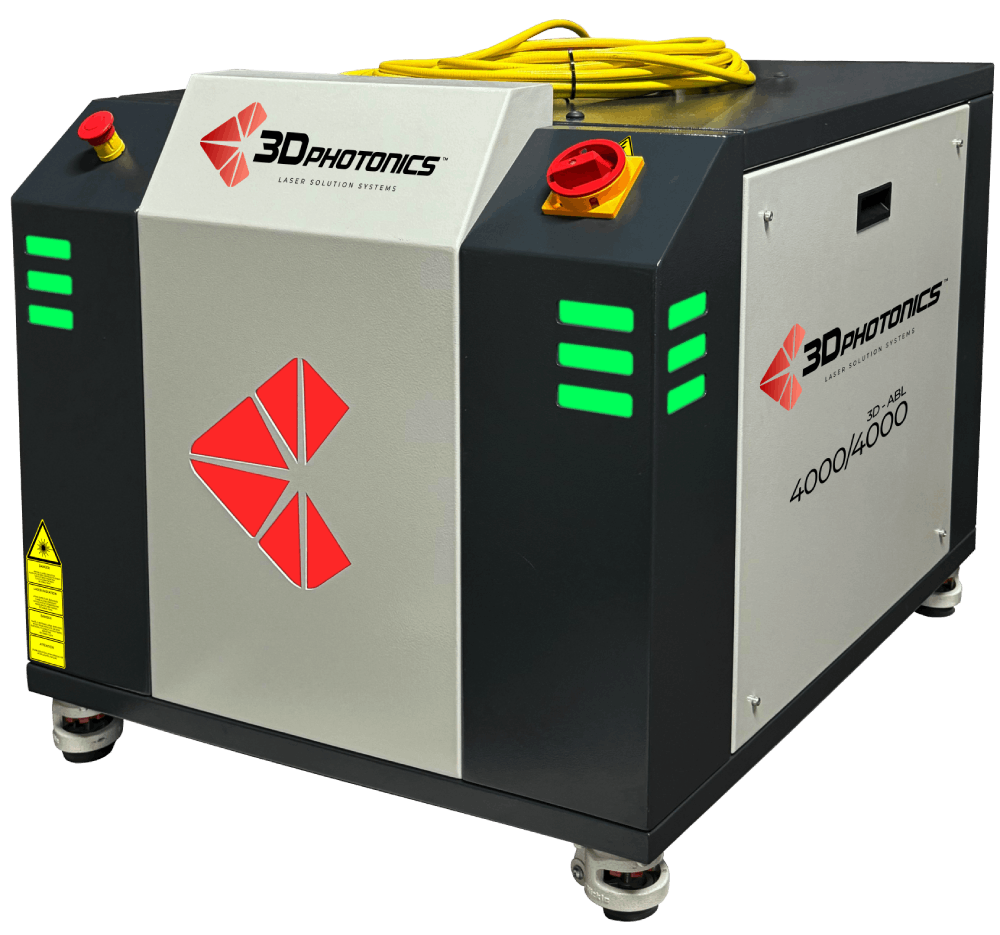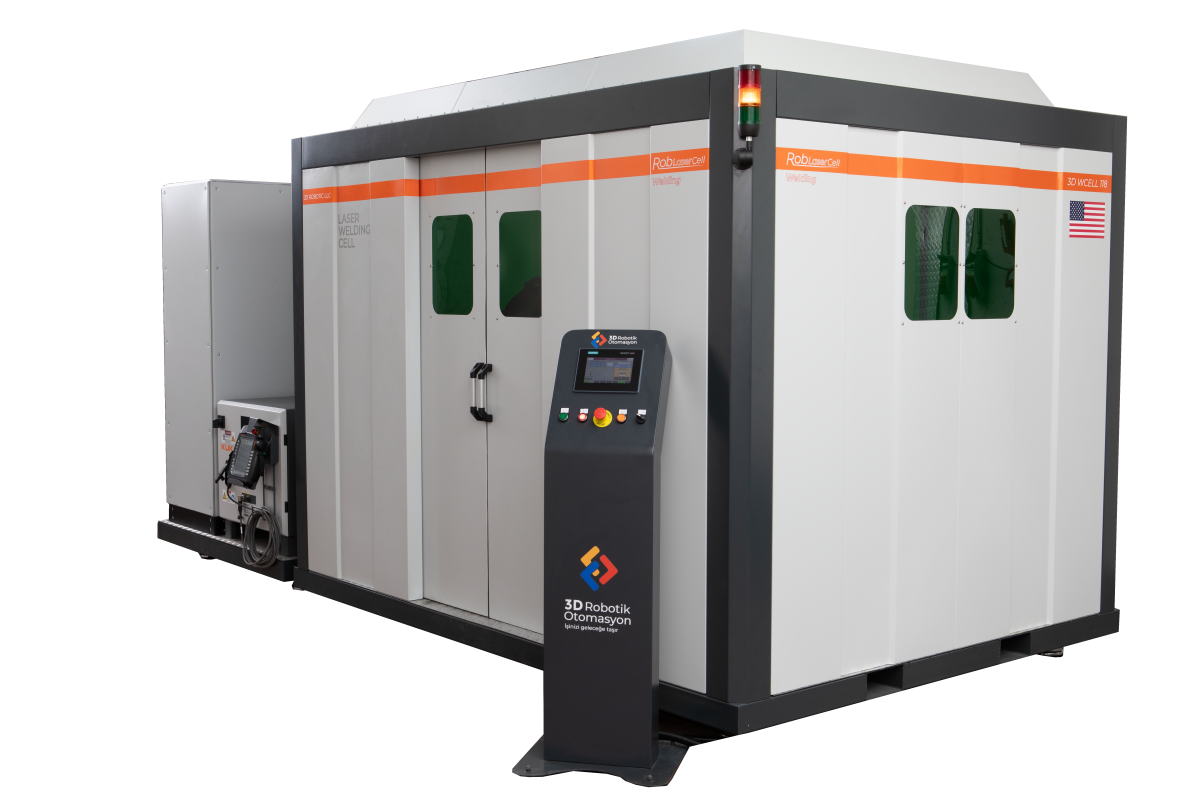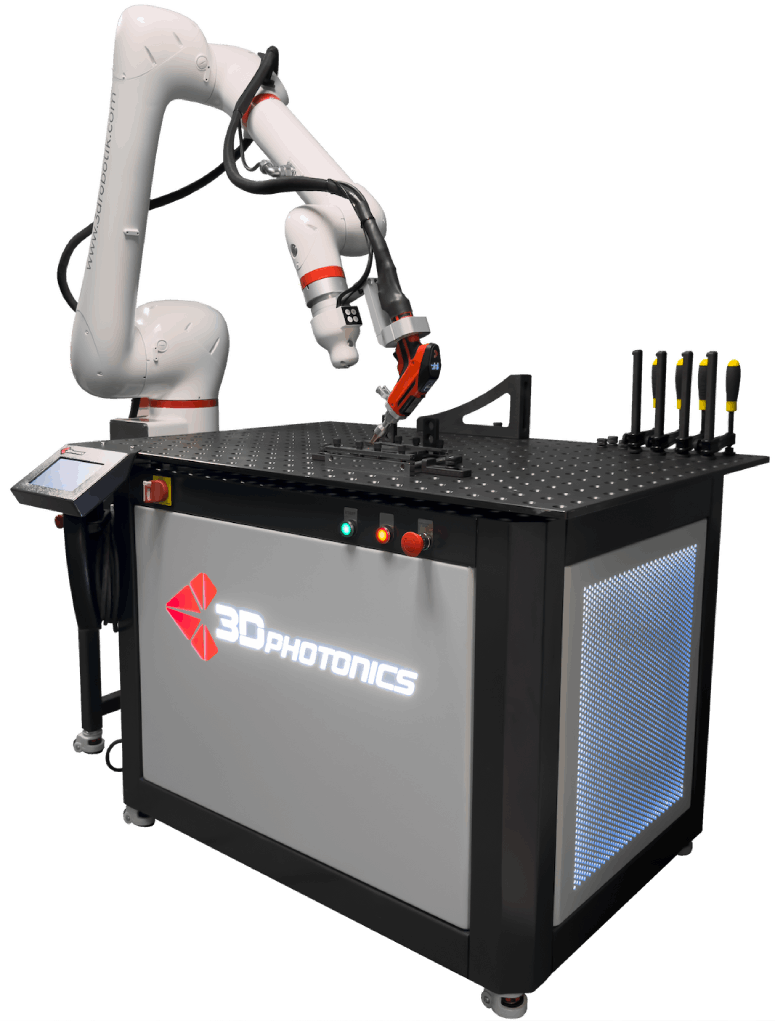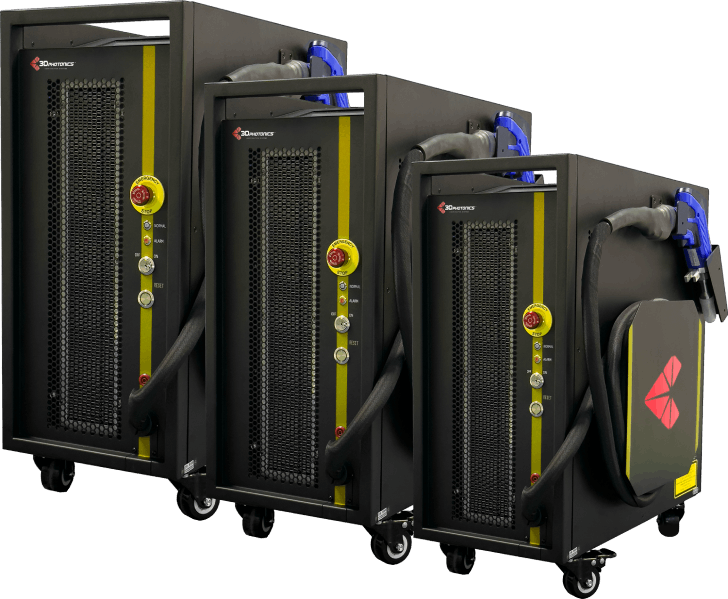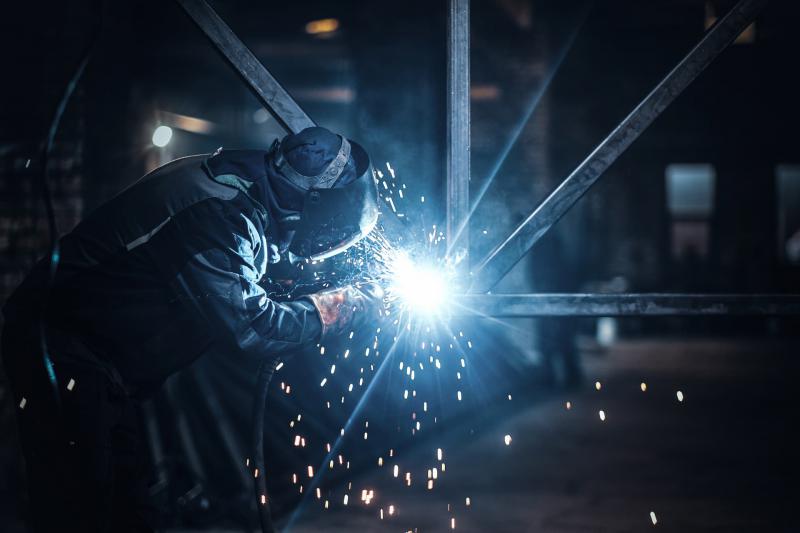
With rising production costs and the growing need for sustainability, energy efficiency is no longer optional — it's essential. Laser welding machines are not only known for precision and quality, but also for their ability to reduce energy consumption. So, how can you increase energy efficiency with laser welding?
1. Energy Advantage of Laser Technology
Laser welding consumes significantly less power than traditional methods like MIG or TIG. The focused light beam reduces heat loss and shortens processing time.
Energy Consumption Comparison:
| Welding Method | Energy Use (kWh / 1m weld) |
|---|---|
| MIG Welding | 1.8 – 2.2 |
| TIG Welding | 2.0 – 2.5 |
| Laser Welding | 0.8 – 1.1 |
2. Smart Energy Use with Next-Gen Laser Machines
Next-generation laser welding machines use features like auto-modulation and material detection to deliver only the energy required — no more, no less.
3. The Role of Cooling Systems
While cooling units consume energy, smart systems only activate when necessary. Efficient thermal management greatly reduces overall power usage, especially in continuous operations.
4. Process Optimization Through Automation
- Automatic Positioning: Reduces weld errors and energy waste
- Robotic Integration: Ensures fast and uninterrupted workflows
- Real-Time Monitoring: Prevents unnecessary operation through instant error detection
5. Operator Training for Maximum Efficiency
Skilled operators can optimize system settings and avoid energy waste. Proper training ensures machines run at maximum performance with minimal power consumption.
Efficient Production with 3D Photonics
3D Photonics offers laser welding machines built with energy efficiency in mind. Their smart systems and advanced cooling solutions enable you to do more with less energy.
Conclusion: Efficiency is the New Competitive Edge
Laser welding systems go beyond precision — they provide real savings and environmental benefits. For sustainable, cost-effective manufacturing, switching to laser is a smart move.
Frequently Asked Questions (FAQ)
Why is laser welding more energy-efficient?
It minimizes heat loss, shortens weld time, and targets energy exactly where it's needed.
Which laser system is most efficient?
Fiber laser systems offer the highest efficiency among available technologies.
Does the cooling system affect power usage?
Yes. Smart chillers can reduce energy use by up to 30%.
Are laser systems suitable for small businesses?
Yes. Portable, low-power models are ideal for small-scale operations.
- Operator Training in Handheld Laser Welding: How It Impacts Efficiency
- Error Detection and Preventive Maintenance in Automated Laser Welding Lines
- Fume and Particle Filtration in Laser Welding: What to Know for Workplace Safety
- AI-Driven Manufacturing with Photonics: Possibilities and Applications
- Next-Generation Solutions in Industrial Laser Cooling Technologies
- Is Zero-Loss Possible with Energy-Efficient Laser Production Lines?
- Laser Marking or RFID? Advantages of Traceability Technologies
- How Do Automatic Wire Feeding Systems Work in Laser Welding?
- Deep Penetration and Thermal Balancing in Fiber Laser Welding Technology
- Fast Production Advantage with Handheld Laser Welding Machines
- 5 Technical Criteria Defining Quality in Laser Systems
- How to Improve Energy Efficiency with Laser Welding?
- Photonics and Automation: Your Guide to Smart Manufacturing
- Product Protection Against Counterfeiting with Laser Marking Systems
- Can Handheld Laser Welders Reach Tight Spaces?
- Choosing Industrial Laser Systems: Power, Efficiency, and Compatibility
- The Role of Cooling Systems in Laser Welding Technology
- Why is Photonics Important? A Rapidly Growing Industry in Turkey and the World
- Handheld Laser Welding: Why It's the Smart Choice for Mobile Applications
- What is Laser Marking? Permanent and Secure Tracking in Production
- Laser Welding Systems: The New Standard in Metal Joining
- Revolutionizing Manufacturing with Photonics Technology: Light that Shapes the Future
- Things to Consider When Using Handheld Laser Welding Machines
- How to Achieve High-Precision Manufacturing with Laser Systems?
- What is Handheld Laser Welding? How Portable Power Transforms Industry
- 3D Photonics Successfully Unveils ABL-SM Laser Series at AMC 2025!
- 3D Photonics Named Platinum Sponsor at AMC 2025 Conference
- Why Choose 3DPhotonics? Strong Technology Partnership for Your Projects
- From Education to Industry: Fields Covered by Photonic Technologies
- Is Sustainable Production Possible with Laser and Photonic Solutions?
- Is Micron-Level Processing Possible with Lasers? How It's Achieved
- Recent Developments in Fiber Laser Technology
- 5 Key Factors That Define Quality in Optical Systems
- What Is Laser Marking? Permanent and Reliable Traceability Solutions
- Using Spectrometers in Industrial Applications
- Laser Cutting vs CNC: A Comparative Guide
- Optical Solutions in 3D Manufacturing: The Power of Precision
- The Role of Laser in the Defense Industry: Next-Generation Security Technologies
- What Are Optical Filters Used For? The Impact of Right Selection on Production
- FABTECH Chicago, September 8-11, 2025
- 3D Photonics at FABTECH 2024: Showcasing Advanced Laser Technologies for Industrial Applications
- 3D Photonics Showcases Innovative Laser Solutions at EUROBLECH 2024
- What is Photonics?
- Robot Investments Summit | 20-23 December | Istanbul
- 16. Blechexpo | 7 - 10 November | Messe Stuttgart

